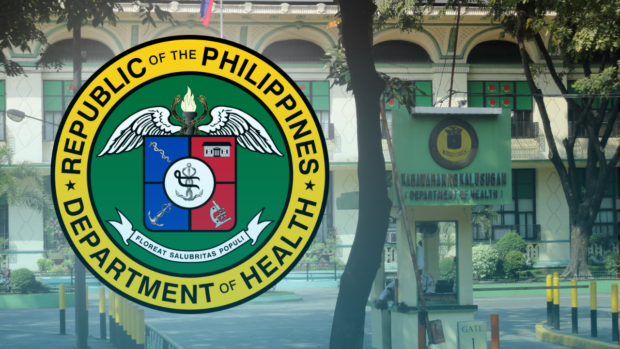
MANILA, Philippines — The Philippines’ healthcare utilization rate remains at low levels despite the detection of the COVID-19 Omicron XBB subvariant — believed to be immuno-evasive — and XBC subvariant.
The Department of Health (DOH) made that assurance in a statement issued on Tuesday.
The DOH again reiterated that vaccines still remained effective even against these recently detected variants, especially in preventing severe and critical cases of COVID-19, as well as death.
“The Department also assured that surveillance and monitoring activities continue to be implemented to ensure that threats of possible outbreaks are immediately addressed. Likewise, the DOH emphasized that despite the detection of the new variant and subvariant, the country’s healthcare utilization rate remains at low risk, and that preparatory activities have already been initiated to ensure that triage systems are in place and step-down health facilities are available should an increase in healthcare utilization rates be observed,” the DOH said.
It again called on the public, especially the immunocompromised and the elderly, to get vaccinated and get booster shots against COVID-19.
“We remind the public that regardless of the variant, we must continue to work together to prevent virus transmission and mutation. Hence, as we learn to live with COVID-19, we must arm ourselves with the proper knowledge and ability to assess our individual risk and consequently supplant our individual defenses such as vaccination, masking, physical distancing, sanitation, and ventilation,” Undersecretary Maria Rosario Singh-Vergeire, the DOH officer in charge, said.
Earlier on the same day, Vergeire revealed that the department has already recorded 81 cases of the XBB Omicron subvariant and 193 cases of the XBC subvariant.
Of the 81 XBB cases, eight were still classified as active and 50 have already been tagged as recoveries. Three more were still being verified.
All were identified as local cases, of which 60 were recorded in Western Visayas and one in the Davao Region.
Meanwhile, the 20 other cases were previously detected Omicron subvariants but were reclassified to XBB in the latest sequencing run of the DOH.
The XBB subvariant has so far been detected in at least 24 countries and is pointed to be the primary cause of the recent spikes in COVID-19 cases in Singapore.
Preliminary studies also suggest that the XBB variant shows higher immune evasion ability than the BA.5 variant, but there is no sufficient evidence that this variant causes a more severe illness.
Meanwhile, the 193 XBC Omicron subvariant was recorded in 11 regions.
In another statement, the DOH said 71 of the total XBC cases were all local cases, with 38 recorded in Soccsksargen, 27 in the Davao Region, five in Western Visayas, and one in the Bangsamoro Autonomous Region in Muslim Mindanao.
Of the 193 cases, the DOH official said 176 were tagged as recovered, three remained in isolation, five were reported to have died, while the status of the remaining cases was yet to be determined.
The other 122 cases were previously detected as Omicron or Delta subvariants before being reclassified as the XBC variant.
Vergeire said the United Kingdom Health Security Agency had classified XBC as a variant under monitoring and investigation.
RELATED STORIES
Philippines detects 81 COVID-19 cases of new XBB Omicron subvariant – DOH
Singapore’s XBB COVID-19 wave to peak in mid-November, mask rules not ruled out
What is the COVID-19 XBB strain and how will it affect me?

